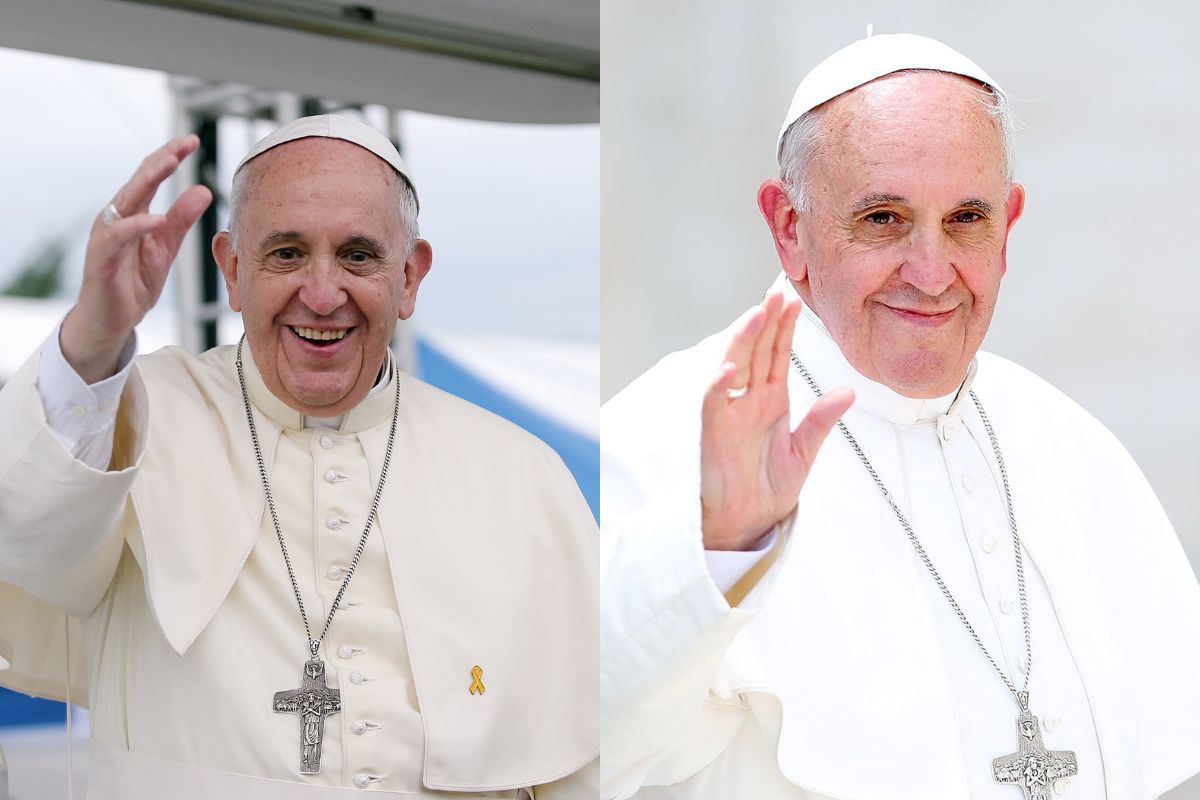The Pope Francis Dies at 88: What Happens Next in the Vatican?

The world mourns the passing of Pope Francis, who died at the age of 88 after prolonged health complications. As the spiritual leader of 1.4 billion Catholics across the globe, his death marks the end of an era and the beginning of a deeply symbolic and complex transition within the Vatican. But what really happens when the Pope dies? From centuries-old rituals to the highly secretive conclave that elects the next pope, here’s everything you need to know.
Table of Contents
ToggleThe Death of Pope Francis: Ancient Rituals Still Observed
The death of a pope triggers a unique period in the Vatican known as the interregnum—the time between the death of a reigning pope and the election of his successor.
First, the Camerlengo—a cardinal appointed to oversee the Church’s affairs during the vacancy—performs a formal verification of death. Traditionally, this involved tapping the pope’s forehead three times with a silver hammer while calling out his baptismal name. Though this ritual was abolished in 1963, the Camerlengo still calls the pope’s name three times. If there’s no response, the pope is declared deceased.
Following this, the Vatican makes an official announcement to the world.
Symbolism in Action: Locking the Papal Apartment & Destroying the Fisherman’s Ring
The papal apartment is sealed by the Camerlengo. Historically, this prevented tampering or theft during the leadership vacuum. The Fisherman’s Ring, a gold signet ring worn by each pope, is then ceremoniously destroyed. This ring bears the image of Saint Peter casting his net and symbolises papal authority. Its destruction is a powerful act, marking the definitive end of a pope’s reign.
Funeral and Mourning: A Time of Solemn Reflection
According to the Universi Dominici Gregis, the constitutional document that governs papal transitions, a pope’s funeral must be held within 4 to 6 days of his death. Pope Francis will most likely be buried in St. Peter’s Basilica, although popes can request an alternative burial site.
A nine-day mourning period, known as novemdiales, follows the funeral. During this time, the Church enters a phase of global prayer and reflection.
How Is the New Pope Elected? The Papal Conclave Explained
Roughly 15 to 20 days after the pope’s death, the College of Cardinals—composed of cardinals under the age of 80—gathers in Vatican City for the Papal Conclave. This ancient and highly secretive process takes place inside the Sistine Chapel. Once the conclave begins, the cardinals are literally locked inside and cut off from all communication with the outside world.
The selection process is a blend of divine discernment and democratic voting. Cardinals vote in repeated rounds until one candidate achieves a two-thirds majority. After each vote, the ballots are burned:
- Black smoke = No decision
- White smoke = A new pope has been elected
This visual cue from the Sistine Chapel chimney has been followed by the faithful for centuries.
The Moment of Announcement: Habemus Papam
Once a new pope accepts the role, he chooses a papal name, often inspired by saints or previous popes. Moments later, the world hears the words “Habemus Papam” (“We have a pope”) announced from the balcony of St. Peter’s Basilica by the Senior Cardinal Deacon.
The new pope then makes his first public appearance, offering blessings to a crowd of thousands gathered in St. Peter’s Square—and to millions watching around the world.
The Legacy of Pope Francis
Pope Francis will be remembered as a reformer, a humble leader, and a voice for marginalised communities. The first Jesuit pope and the first from the Americas, his legacy includes outreach to non-Catholics, strong stances on climate change, and efforts to make the Church more inclusive.
As Catholics prepare for a new era, the traditions of the past serve as both a solemn farewell and a hopeful beginning.
A Sacred Transition Begins
The death of Pope Francis is not just the end of a papacy—it’s the opening chapter of a sacred and historical transition. From time-honoured rituals to the suspenseful conclave, the next few weeks will be among the most significant for the Catholic Church. As the faithful around the world pray and reflect, the Vatican prepares to unveil its next spiritual leader—one who will guide the Church through a rapidly changing world.
Published by Steve Philips
I am committed to crafting high-quality, unique articles that resonate deeply with readers, offering genuine value and insights. I aim to create content our audience will love and truly benefit from. View more posts
Recent Post
Who Is Lisa Hogan? – An Actress, Sculptor, and Farmer

What Tech Do You Need To Mine Crypto?






